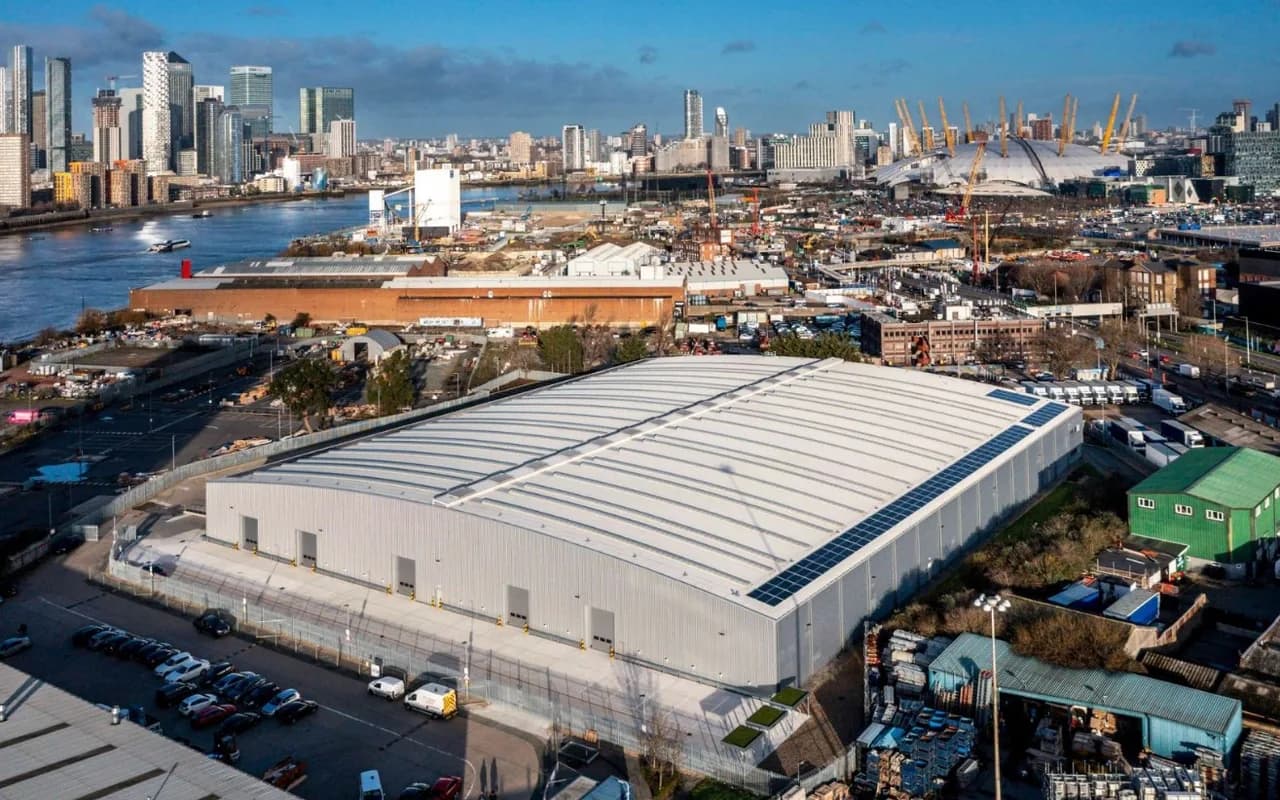
Speak to any agent, investor or developer and they’ll tell you the same thing: London’s industrial and logistics market has had a seriously underwhelming past 18 months.
Top rents have failed to move to the degree that many in the market were anticipating, many occupiers’ plans for expansion have been quietly shelved, and the general mood music across the sector has been downbeat. Demand, simply put, has been sluggish.
During this period, we’ve had a lot of false dawns, and a lot of claims of changing fortunes that have ultimately fizzled out. So, who could be brave enough to try and predict the future of UK industrial and logistics again?
DTRE, together with Kania Advisors, has sought to understand when exactly the slump in demand might come to an end.
Going with the flows
As you might expect, demand for industrial and logistics assets can come from a multitude of different sources. However, in any given location, one key signal is the volume of freight processed in or around a given market, which provides a strong leading indicator of demand for space. Positive changes in freight flows lead to net absorption, as demonstrated by changes in the overall vacancy rate.
Freight volumes also have a direct impact on rental growth. As a result, understanding how flows have previously changed and how soon they might change again can provide a fresh and comprehensive perspective on the future of the industrial and logistics sector. For London, such insight is particularly relevant: the capital recorded a 16% year-on-year increase in container freight volumes at the start of 2025, far out-stripping the 5% rise in overall freight volumes tracked across the UK as a whole.
Of course, there is a natural lead time from increased activity to occupiers and businesses absorbing space, as the market adjusts to new conditions. Based on historic data, we can calculate this lead time is typically in the region of two years.
In recent quarters, we have seen an improvement in momentum with regard to freight flows, particularly when accounting for seasonality. This represents a significant uptick in demand, with absolute flows also slowly turning positive. More than anything, what this is indicative of is a turning point, and the start of a period of net absorption.

The answer is…
As a leading indicator, freight volumes primarily capture demand dynamics. However, as we also know that industrial and logistics supply is expected to be scaled back in the short-term – with only circa 1% of additional stock set to be delivered in the next 2 years – we believe that the uptick in freight flows might have an impact that is felt within the market even quicker than it has manifested historically.
Given the positive momentum that is already visible, and the ongoing constraints in supply, we expect the vacancy rate to begin to fall within 12 months – and perhaps even in under 9 months – to around 6%. With this fall in the vacancy rate, we also expect to quickly begin to see rental growth, too. Indeed, DTRE forecasts that, in terms of rental growth, London will be the best performer of all the UK’s regions for the five years from 2026, averaging growth of 4.1%.
Our expectations are, of course, subject to today’s general uncertainty in global trade conditions and geopolitical events both in Europe and globally. However, we believe that changes in freight flows are sending a clear signal that London’s industrial and logistics market is on the cusp of a recovery.
More goods need more space to hold them, and a lack of new warehouses means stronger competition for what’s already there. Our data suggests this is a fight we won’t have to wait long to see play out.


